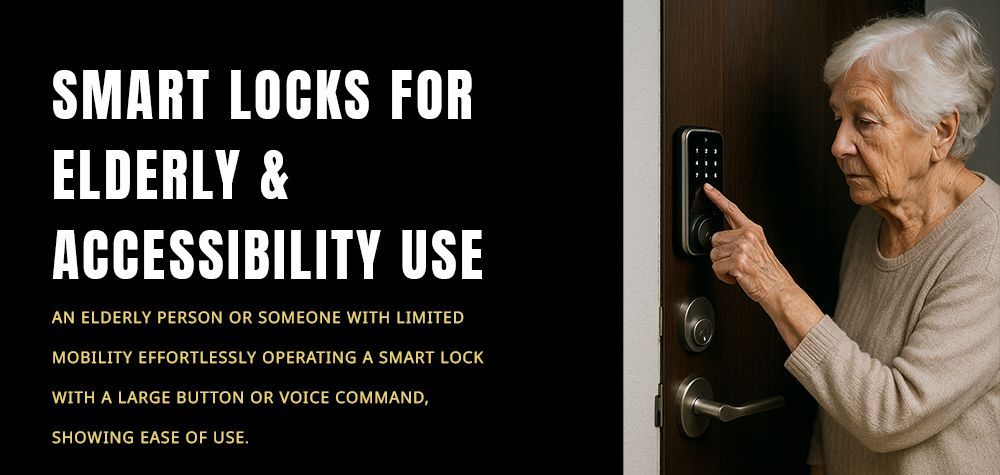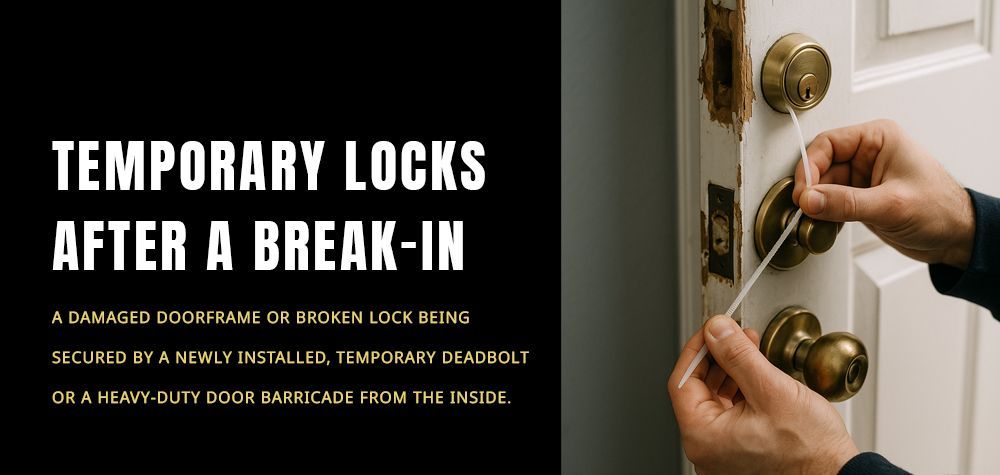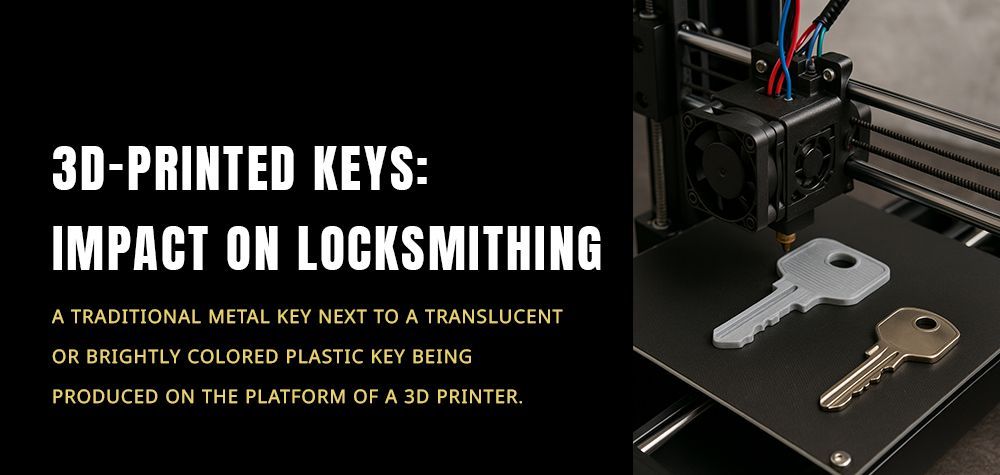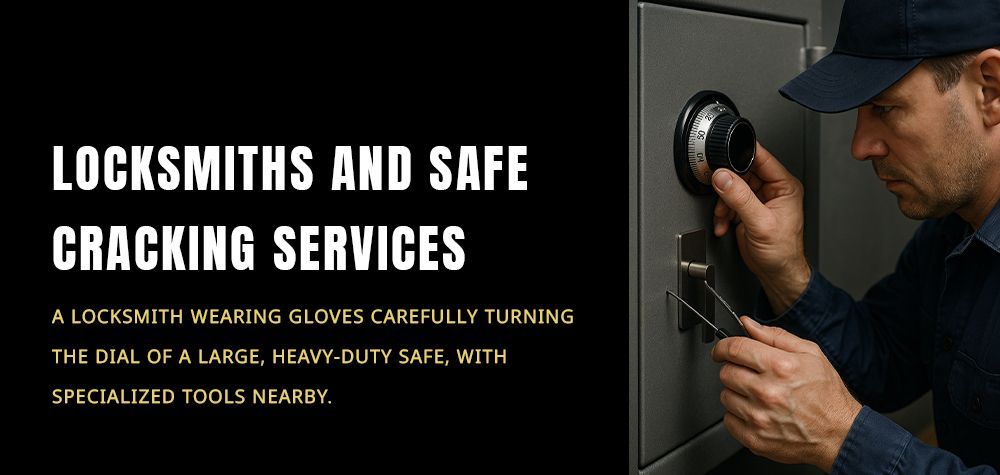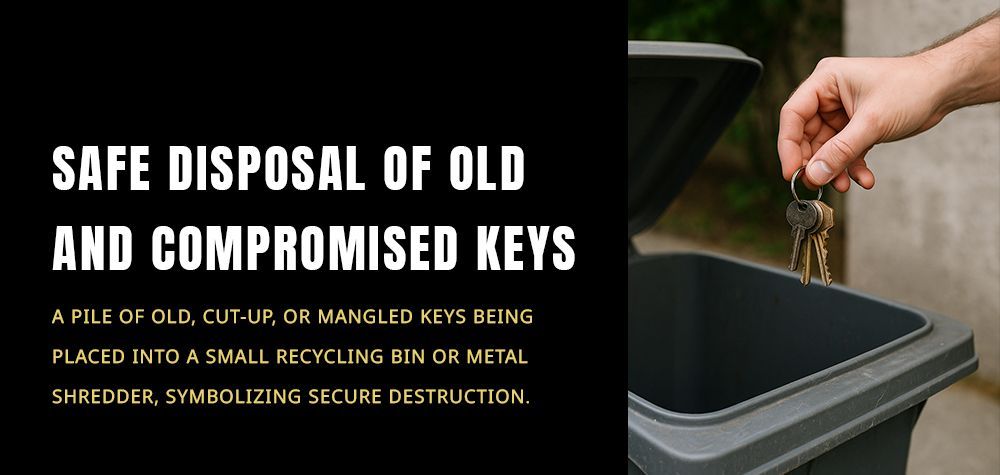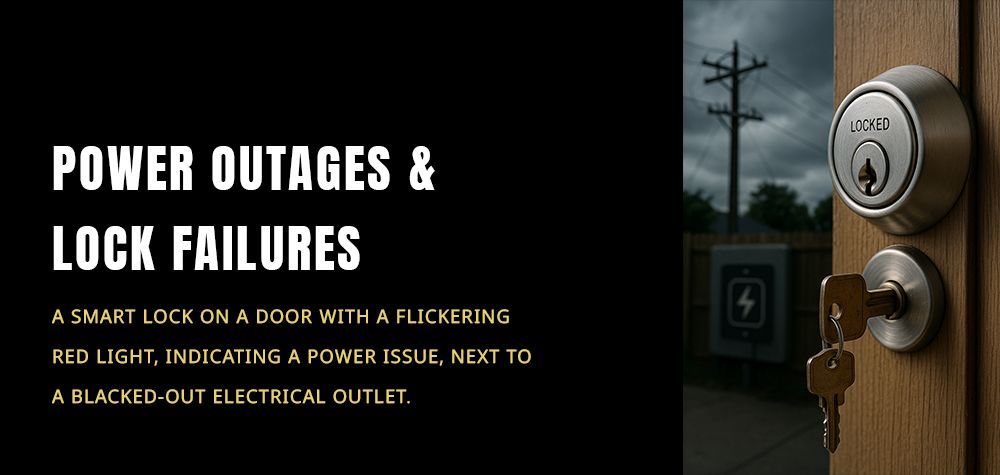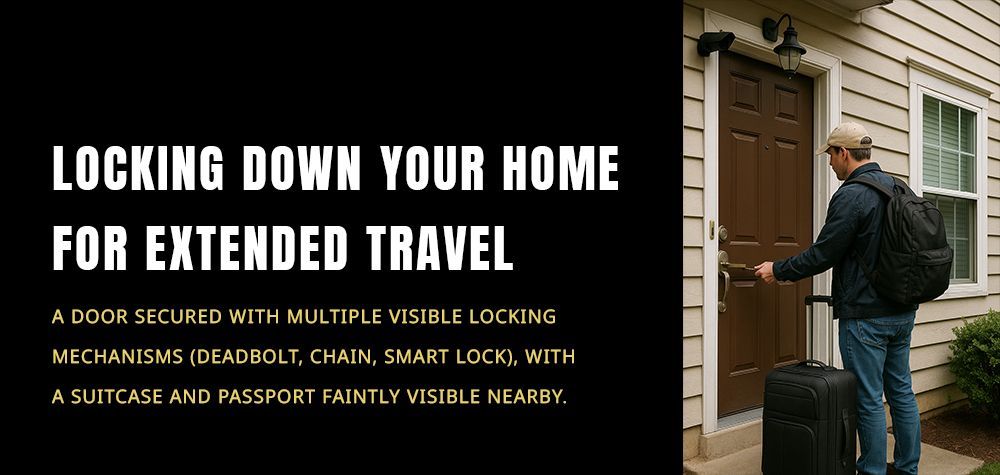When to Call a Locksmith vs. DIY Lock Repair
Locks are essential for keeping your home, office, or business secure, but when they malfunction, you're faced with a decision: should you try fixing the issue yourself, or is it better to call a professional locksmith? While DIY solutions might seem cost-effective and quick, they aren’t always the safest or most reliable choice. Let’s break down when you can handle lock repairs on your own and when it’s smarter to rely on an expert.
Seasonal Lock Maintenance: How to Prep Locks for Winter
Understanding the Difference Between DIY and Professional Locksmithing
DIY lock repair involves using basic tools, online guides, and tutorials to resolve minor issues like loose screws or a stuck latch. Locksmiths, on the other hand, are trained professionals equipped with specialized tools and expertise to handle everything from simple repairs to high-security lock installations.
Knowing the difference can save you time, money, and potential frustration.
Situations Where DIY Lock Repair Works
There are certain small issues you can safely handle yourself, especially if you’re comfortable with basic tools:
Loose Door Handles or Screws
If your doorknob wiggles or screws are coming loose, tightening them with a screwdriver is simple and safe.
Lubricating a Stuck Lock
Sometimes, locks get stiff due to dirt or lack of lubrication. Using graphite powder or a silicone-based spray can solve the issue quickly.
Simple Key Jams
If your key is stuck, gently wiggling it out or using a little lubricant often works without professional help.
Replacing a Standard Doorknob
For basic interior doors, swapping out an old knob is usually straightforward with minimal risk.
DIY repairs are ideal when the issue is minor, doesn’t compromise your security, and you’re confident in your skills.
When to Call a Locksmith
Some lock problems require more than a screwdriver and a YouTube tutorial. Calling a locksmith is the smarter — and safer — choice in these situations:
Broken Keys Inside the Lock
Extracting a snapped key without damaging the mechanism needs special tools and expertise.
Malfunctioning High-Security Locks
Commercial-grade and smart locks require professional handling to avoid costly mistakes.
Lockouts
If you’re locked out of your home, car, or office, forcing your way in could damage your doors. Locksmiths can get you back inside without unnecessary destruction.
Rekeying or Changing Locks
After moving into a new home, losing keys, or experiencing a break-in, a locksmith ensures your property remains secure.
Electronic and Smart Lock Issues
From connectivity glitches to complete lock failures, these systems need proper troubleshooting to avoid compromising your security.
How to Rekey Your House After a Break-In or Theft
The Risks of DIY Gone Wrong
While DIY can save money upfront, improper lock repair can:
- Damage the internal mechanism
- Compromise home or business security
- Void product warranties
- Lead to more expensive repairs down the line
Sometimes, what seems like a small problem can spiral into a costly situation if not handled correctly.
How to Decide Between DIY and Calling a Locksmith
Ask yourself these questions before deciding:
- Does this lock protect something valuable or critical?
- Do I have the right tools and experience?
- Will a mistake here compromise my security or safety?
- Is the issue beyond basic tightening or lubrication?
If you answer “yes” to the first or last question — or “no” to the second — it’s usually better to call a locksmith.
Final Thoughts
DIY lock repair works well for minor fixes, but when your security or safety is on the line, a professional locksmith is the smarter choice. Knowing when to handle things yourself and when to rely on an expert can save you time, stress, and potential damage.
Whether you’re dealing with a stuck key, a faulty smart lock, or a full security upgrade, the key (pun intended!) is striking the right balance between DIY solutions and professional expertise.
Call Us Any Time!


